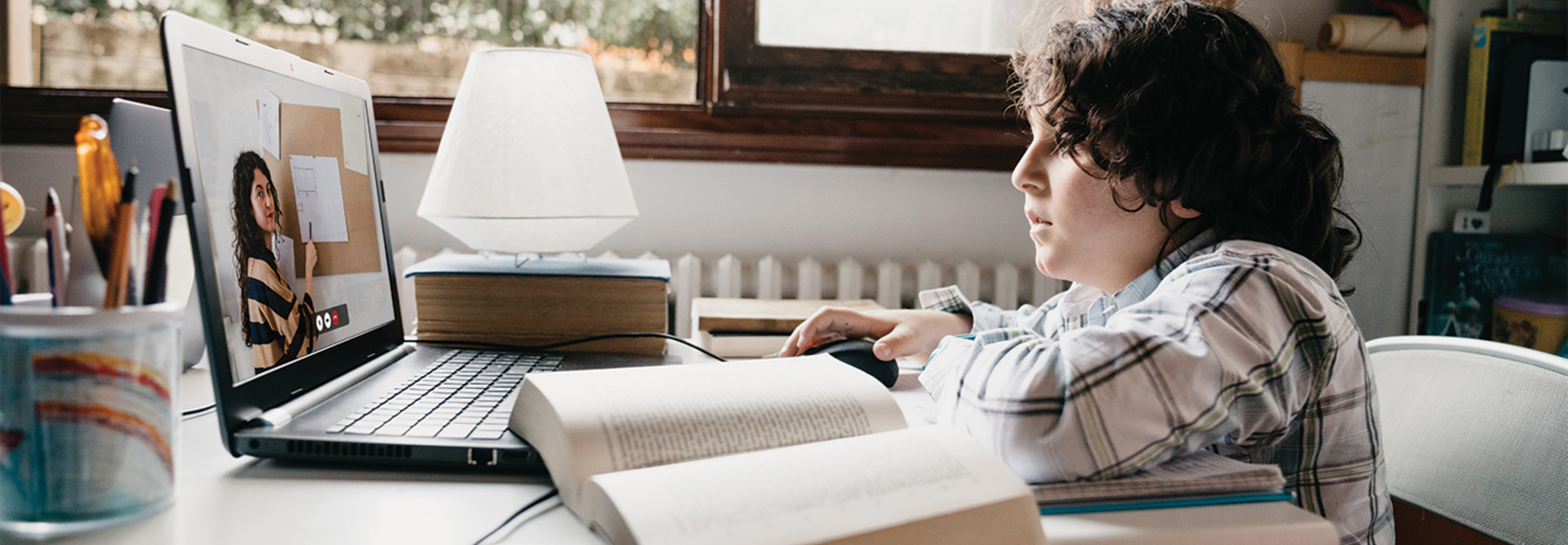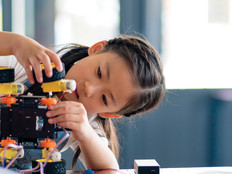We Need Equal Broadband Access for Everyone
In a recent op-ed for the Daily News, a teacher shared her frustration that one of her star pupils would not have internet access to take the Advanced Placement exam. The best quick fix anyone could come up with was that the student should use the free Wi-Fi at McDonald’s. An honor student was faced with losing not only opportunities to decrease her college tuition with AP credits but also her competitive edge. Unfortunately, countless students face similar challenges.
I’ve personally met many adults who also sat in their cars in parking lots, lingered in coffee shops or perched outside library doors to gain access to the internet in order to get an education. Is dedication important? Yes. But we need broadband for all so there’s an even playing field and no one is forced to go to extremes to compete.
While attending school in person is not currently an option in many communities, how do we prioritize bringing high-speed internet to rural students and urban students whose households remain unconnected? And post-pandemic, how do we ensure kids don’t have to be away from home to do homework?
READ MORE: Find out how schools are working with local governments to bridge the digital divide.
The Cruelest Part of the Digital Divide
Federal Communications Commissioner Jessica Rosenworcel calls the homework gap “the cruelest part of the digital divide,” but we have the policy tools to close it. Beyond encouraging continued private investment in infrastructure, we need to fix our safety nets to protect those who can’t afford access and fill the gaps where people can’t access connectivity. This will take dollars.
To that end, we need to know specifically where broadband internet access is lacking in America. Congress needs to give the FCC the resources — estimated at about $65 million — that it needs to be able to improve its broadband coverage maps. Next, based on those new coverage maps, Congress should provide the necessary funds required to connect every household in America that is unserved.
The solutions are within reach and the payoff of expanding access to broadband (and, therefore, education) would be enormous.
The call to action is clear here: Give all of America’s youth the digital tools they need. Adults have long needed broadband as an economic lifeline, but we should be able to finally get this done for our kids, many of whom are suffering on a whole new level during the pandemic.
The homework gap is no longer just about work to be done outside of class. It’s about being left out of class altogether.











